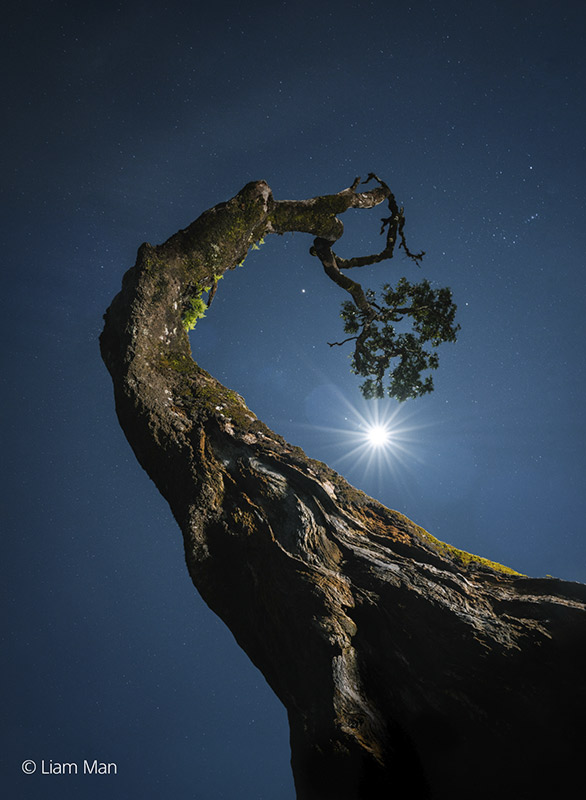- Call us: 01444 237070
- Contact Us
- Stores
- Sign In / Register
-
- Back
- Used Cameras
- Used Accessories
- Used Lenses
- Used Video
- Used Film Equipment
- Used Stock Alert
- Used Blank Test
- Sell or Part Exchange
- Used Clearance
- Recently Added Used Equipment
- Park Picks
- All Used Black Friday Deals
- Faulty
- Trade-In
- Blog
- New in
- Call us
- Contact us
- Stores
- Sign in
- Categories
- Tips & Inspiration
- Reviews
- News
- Events
- Features
- Buying Guides
- Competitions
Sony 20-70mm F4 G Lens Comparison
Sony has rewritten the rules with the January 2023 release of the latest standard zoom for mirrorless cameras, which arrives in the form of the Sony FE 20-70mm f/4 G Lens. This is the first full-frame mirrorless zoom lens to offer 20mm at the wide end, which is around 18% wider than a standard 24mm focal width.
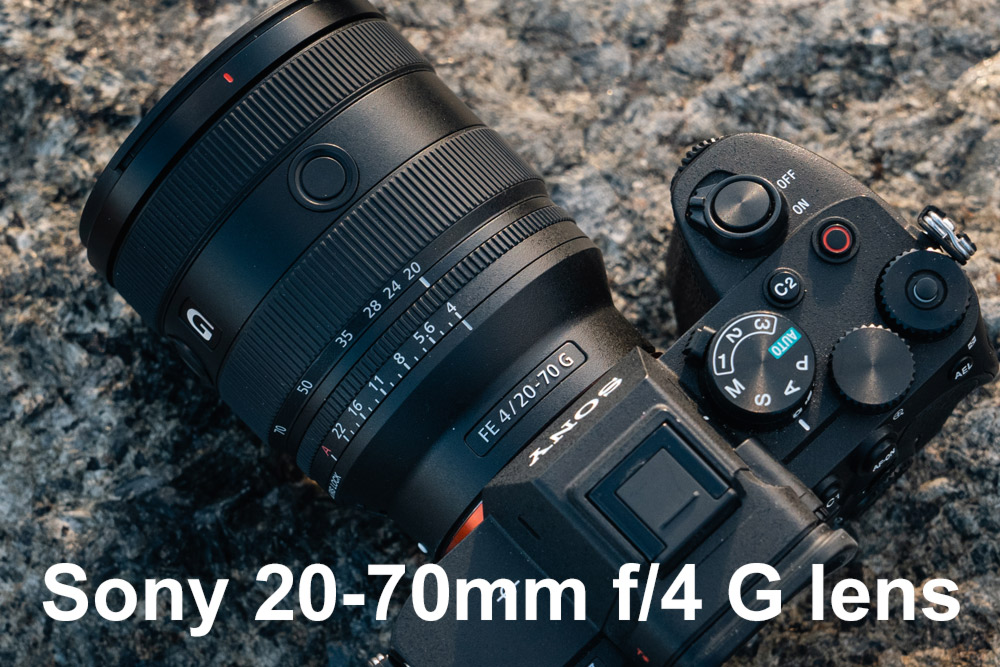
The extra width presents a significant gain for photographers and videographers who shoot ultra-wide subjects such as landscapes, interiors, city shots, as well as videos and vlogs.
An extremely lightweight design ensures this is one of the lightest standard Sony lenses, making it a great all-day single lens choice and a good option for travel. A standard zoom is arguably the most versatile of any single lens, covering almost any day-to-day subject, including portraits and lifestyle.

© Ananda-Joinet sample photo from Sony
We’ve compared the new 20-70mm G with the popular Sony FE 24-105mm F/4 G OSS as well as the recently updated EISA award-winning Sony FE 24-70mm F/2.8 GM II, pitting two G lenses with the standard G Master zoom. You can also watch our hands-on video review and ogle sample photos to help you decide which of these three lenses is best for your needs.

Sample @52mm focal length, camera settings: 1/800 sec. f/4. ISO 250
Key Sony 20-70mm F/4 G features
Highlight features at a glance include:
- 488g full-frame standard zoom for Sony mirrorless cameras
- Two high-speed XD Linear Focus Motors
- Compact 72mm filter thread
- Customisable buttons and a de-clickable aperture ring
- Reduced focus breathing
- Dust and moisture resistant design
The newest addition to Sony’s lens range has all of the ingredients to make a classic, relatively budget-friendly general purpose lens, with features which blur the line between G and G Master results.
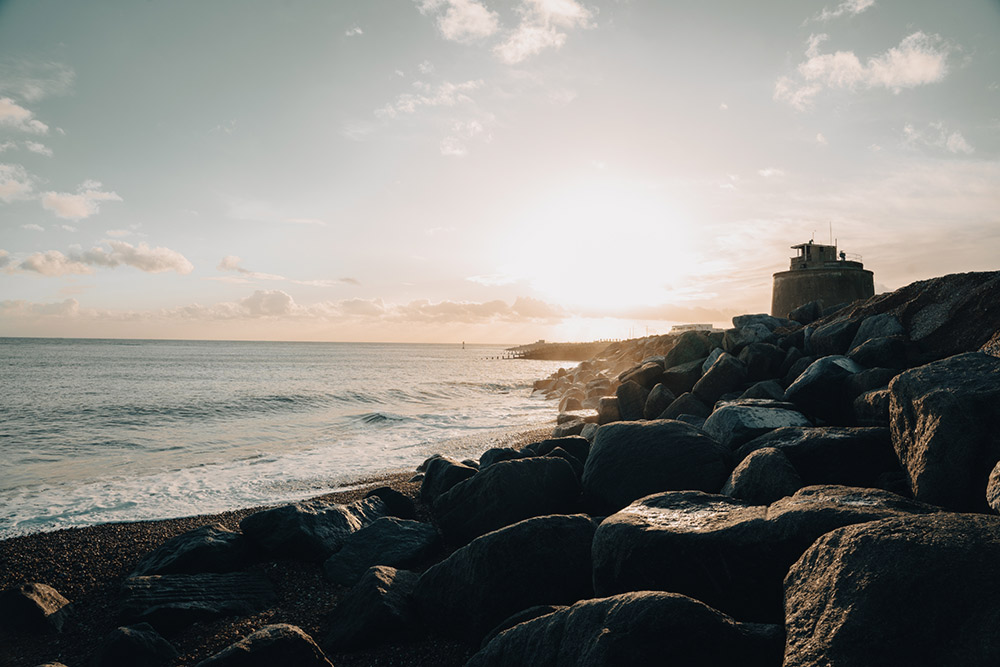
Sample @20mm focal length, camera settings: 1/320 sec. f/8. ISO 250
Sony standard zoom lens specs comparison
We’ve highlighted key specifications and compared the Sony FE 20-70mm f/4 G vs Sony FE 24-105mm F/4 G OSS vs second generation Sony FE 24-70mm F/2.8 GM II lenses for you to see which is the best choice for you.
|
Specification |
|||
|
Lens groups/elements |
13/16 |
14/17 |
15/20 |
|
Special elements / coatings |
Three ED (Extra Low Dispersion), two AA (Advanced Aspherical), one ED (Extra Low Dispersion Aspherical) and one aspherical element / fluorine |
Two AA (advanced aspherical) elements, ED (Extra-low Dispersion) glass elements / Nano AR Coating, fluorine |
Two XA types plus two ED and two Super ED glass elements for high resolution. / Nano AR Coating II, fluorine |
|
Angle of view (35mm) |
94°-34° |
84°-23° |
84°-34° |
|
Aperture blades |
9 rounded |
9 rounded |
11 rounded |
|
Aperture range |
f/4 - f/22 |
f/4 - f/22 |
f/2.8 - f/22 |
|
Maximum magnification ratio |
0.39 x |
0.31 x |
0.32 x |
|
Optical stabiliser |
Body integrated |
Optical SteadyShot |
Body integrated |
|
AF actuator |
XD Linear Motor x2 |
Direct Drive SSM |
XD Linear Motor x4 |
|
Weather sealing |
YES |
YES |
YES |
|
Filter size |
72mm |
77mm |
82mm |
|
Dimensions (D x L) |
78.7 x 99 mm |
83.4 x 113.3 mm |
87.8 x 119.9 mm |
|
Weight |
488 g |
663 g |
695 g |
|
Price |
£1399.00 |
£999.00 |
£2,099.00 |
©Liam-Man sample image from Sony
Which Sony standard zoom lens should you choose?
Choosing between these three lenses is a personal decision, which comes down to your specific requirements and the subjects which you most regularly shoot. All three offer extremely versatile focal widths, with the G Master being a classic holy trinity lens, whereas the 24-105mm has the longest telephoto, with the new 20-70mm being the widest.
All three are compatible with APS-C cameras, in which case the Sony FE 20-70mm f/4 G has an effective increase in focal length to 30-105mm, due to the crop factor.
Where the new lens particularly shines is through its weight, low distortion results and compact design, although there is mild vignetting at the ultra-wide end, this can be easily removed in post and is naturally eliminated when zoomed in slightly. The second generation GM lens is especially lightweight for the extra stop of light and the special glass elements which it includes, but it can’t compete with the 20-70mm in terms of weight.
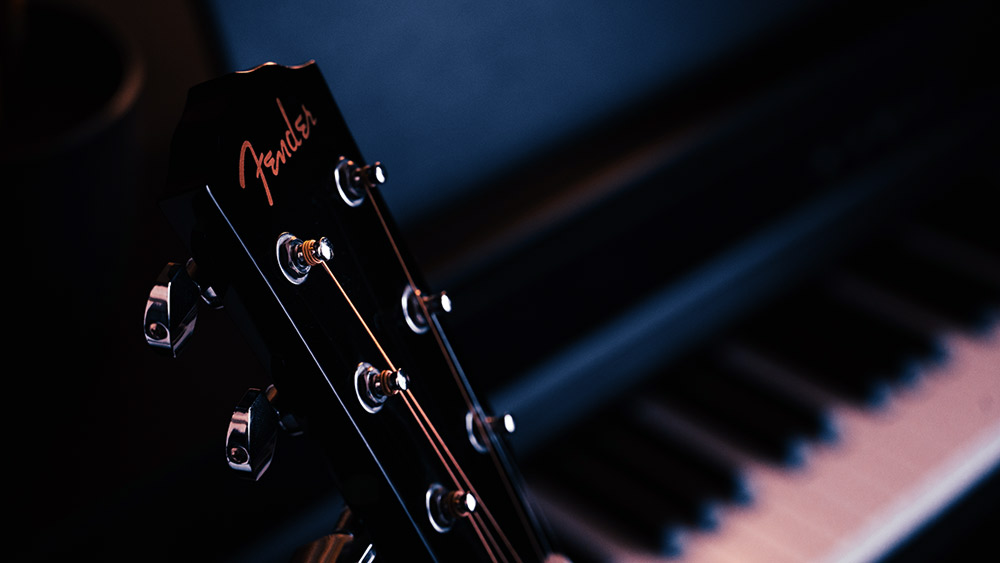
Sample @70mm focal length, camera settings: 1/60 sec. f/4. ISO 1000
What are the differences between 20mm vs 24mm
20mm vs 24mm may not sound like a big difference, but with a 94° field of view you can capture a lot more of the scene. Foreground elements can be exaggerated and it’s a popular focal length for vlogging, as it fits more of the subject and background into the frame.
For these reasons hybrid shooters or content creators who vlog and record videos may be drawn to the Sony FE 20-70mm f/4 G, especially as it’s light enough to handhold for longer. If you do capture videos the benefits of a de-clickable aperture ring, reduced focus breathing as well as fast and quiet AF motors will be most welcome.
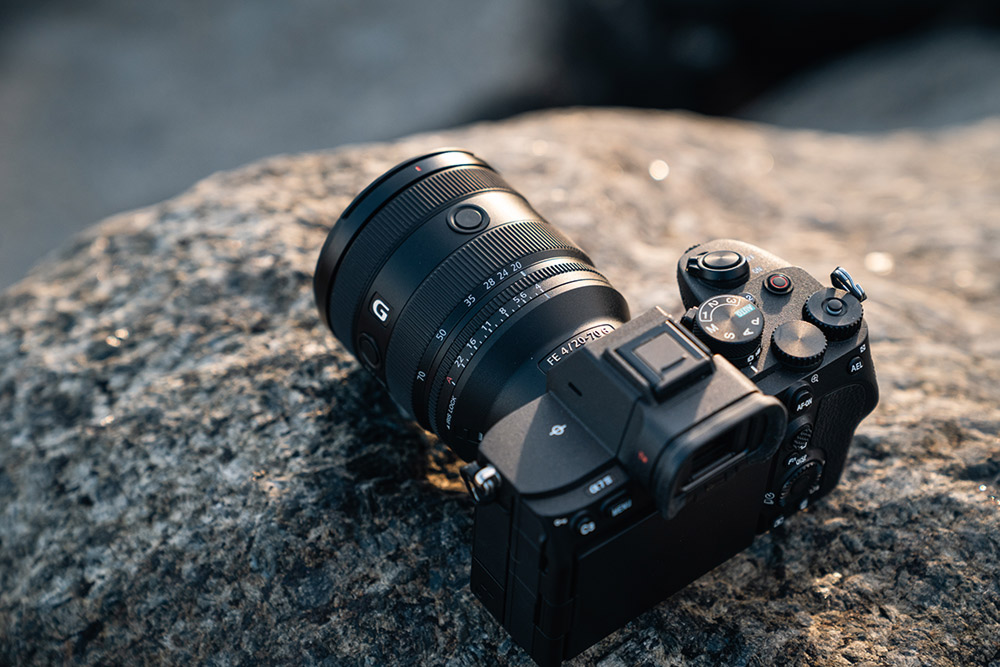
Sony 20-70mm F/4 G ergonomics and handling
The 20-70mm F/4 G follows the trend of recent Sony lenses, by including customisable control buttons, with two available on the barrel. These can be set via your camera menu to hold focus, switch between ISO, drive modes, Eye AF and many more useful settings for stills and video.
You’ll also find a zoom ring, smooth focus ring (although perhaps not quite as smooth as the G Master) and aperture ring, which supports de-clicking for silent exposure changes.
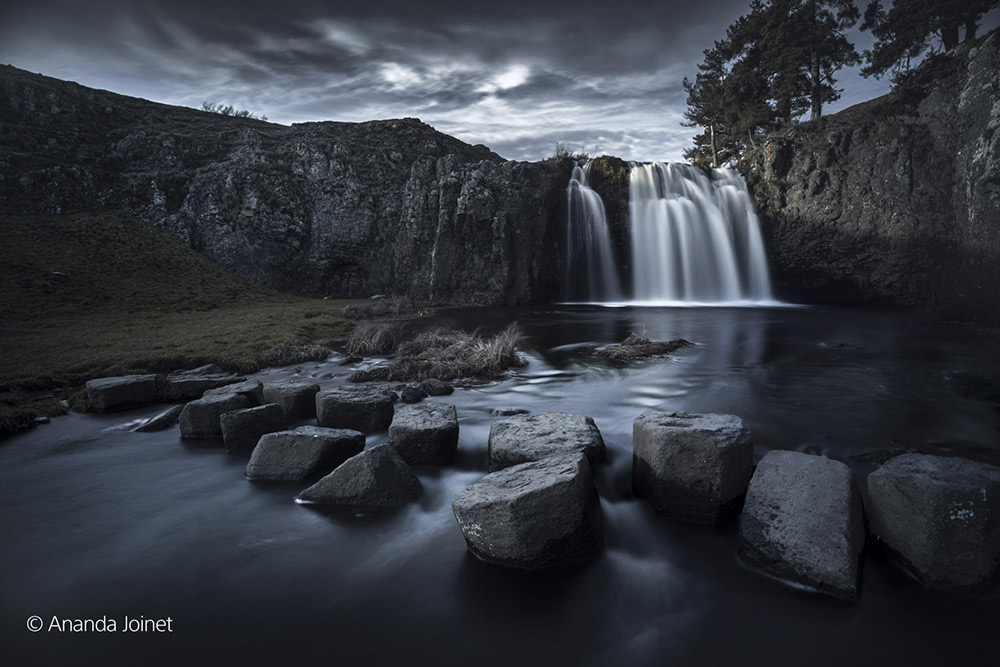
© Ananda-Joinet sample image from Sony
Video review
Watch our Sony 20-70mm F/4 G video review right here.
Sony has also included weather sealing to help keep dust and moisture out of the lens, along with a fluorine coating to repel water, oil and other contaminants. Lastly the 72mm thread lets you screw-in lens filters to suit your style of shooting, whether you need an ND filter for long exposures, LEE filter system for landscapes, a circular polariser or any others.
If you’re considering a standard zoom lens as your go-to option for stills and video the 20-70mm F/4 G is a great choice. It delivers high quality results from a strong optical design, fast and quiet AF and the opportunity to customise to suit your own workflow.
Browse our comprehensive range of Sony mirrorless lenses or head directly over to reserve your Sony FE 20-70mm f/4 G and tell your story with the latest compact, lightweight general purpose option.
*Sample images by Gareth were captures with the Sony A7 IV camera.
Share this post:
By Nick Dautlich on 17/01/2023
Nick Dautlich
Senior Content Writer and Product Reviewer
Nick Dautlich is the Senior Content Writer and Product Reviewer at Park Cameras, with over 15 years of photography experience. A Sony Imaging Professional and expert reviewer, Nick has worked with major brands such as Canon, Sony and Nikon. His work is also featured on Vanguard World UK’s website, Capture Landscapes, and Shutter Evolve. Nick’s photography includes National Trust projects and magazine covers and he is passionate about landscapes and storytelling. Nick also enjoys hiking and teaching his children about nature. Learn more on his profile page.

Trade in your old equipment
Fast and easy trade in service ensures your old gear is collected efficiently and you are paid quickly! It's very simple to trade in your unwanted photography gear. Just head over to our dedicated Sell or Part Exchange page, fill out the details, and we'll get back to you with an offer for your old gear. Take the cash, or put it towards the cost of your new gear. It's up to you! Find out more
sign up to the newsletter
Keep up to date on the latest photography news, events and offers. Sign up now

